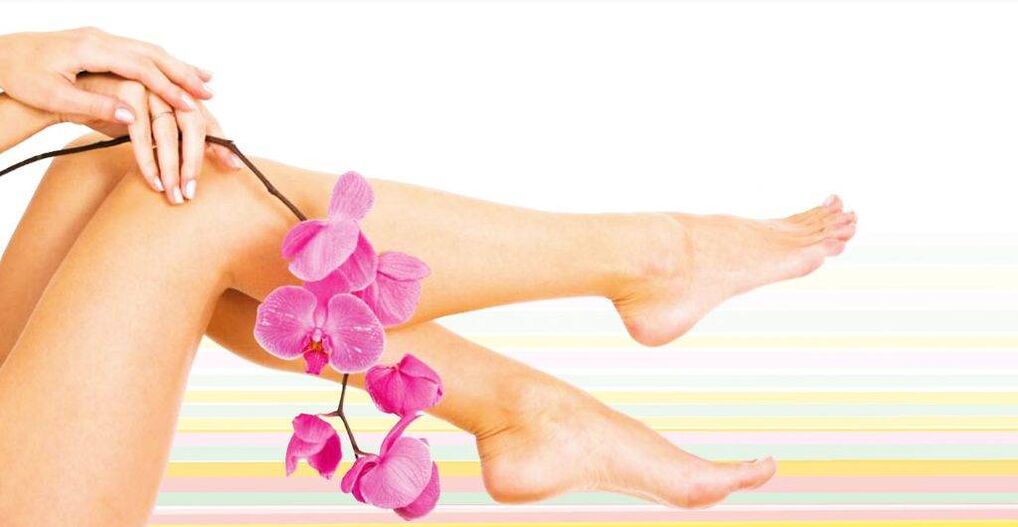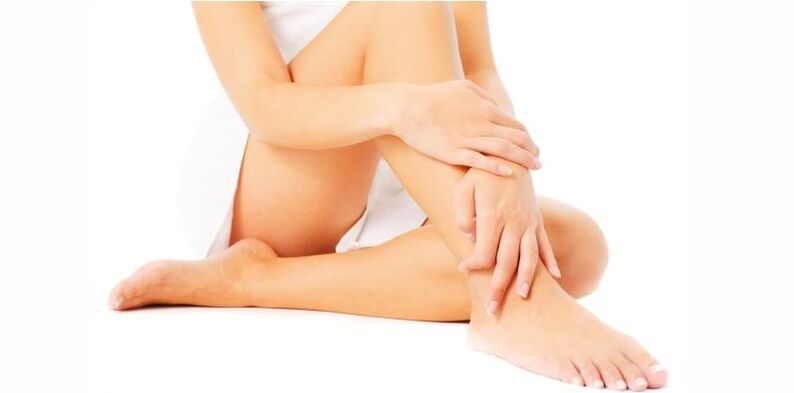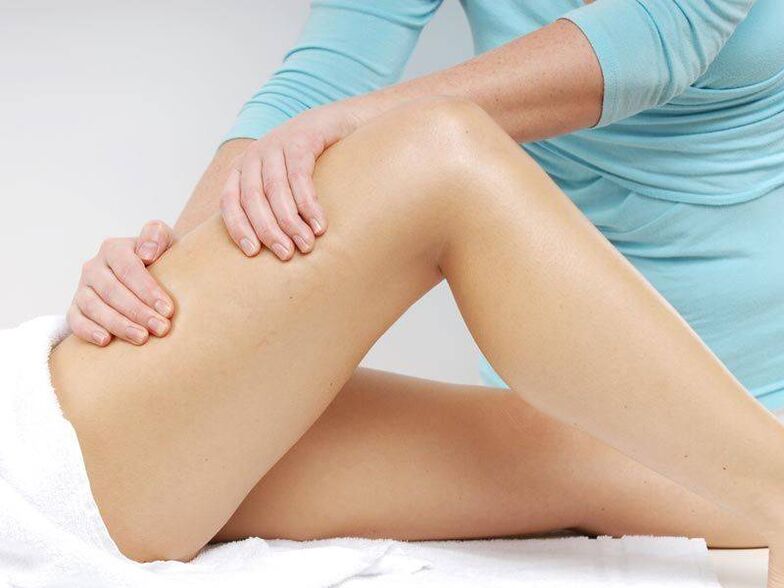Vascular diseases pose a serious threat to human health and even life. These include varicose veins. This pathology is defined by code number 183 in the International Classification of Diseases (ICD 10). Fighting the disease is a rather laborious process that requires a lot of effort from the patient himself. What are varicose veins? Lower extremity disease is a pathological process in which damage to the blood vessels of the legs occurs through dilation, tortuosity, and irreversible changes in valve devices (anatomical structures that prevent unphysiological blood flow). As a result, a person may develop venous valve insufficiency.

In the initial stages of varicose veins, symptoms are characterized by the formation of nodes in the venous web or spider veins, increased size of the saphenous veins, pain and a feeling of heaviness in the legs. In the case of disease progression, symptoms of chronic venous insufficiency (eg, calf, foot swelling, trophic ulcer, calf muscle spasm, thrombophlebitis, and altered vascular injury) are added to the overall clinical picture.
Sometimes, if a person has some congenital diseases, swelling can appear not only in the veins of the legs, but also in the blood vessels of certain internal organs. For example, the development of portal hypertension usually causes vasodilation of the esophagus, and when varicocele occurs, capillary varicocele of the spermatic cord is observed.
Regardless of the location of the pathological process, there is a genetic predisposition to increased capillaries, and the appearance of capillaries is associated with congenital weak vascular walls and venous valve insufficiency in humans. At the same time, according to medical statistics, the frequency of the formation of varicose veins in men is lower than that of women. At any stage of varicose veins, treatment has many nuances and takes a lot of time.
Causes of disease development
Vascular disorders such as varicose veins of the lower extremities can have many predisposing factors. The most common of these are:
- genetic predispositionDue to the lack of connective tissue in the body, the tension in the walls of blood vessels may be reduced, which in turn can lead to dilation of the venous system in the legs.
- Presence of excess body weight.
- PregnantIn this case, the pathology may appear due to an increase in the amount of blood circulating through the body and being squeezed by the uterus from the blood vessels located behind the abdominal cavity.
- malnutrition. Those who do not have raw vegetables and fruits in their diets or eat them in small amounts have an increased likelihood of developing the disease.
- hormone imbalance. Scientists have demonstrated that the long-term use of drugs containing hormonal substances has a negative effect not only on the hormonal background of the human body, but also on the state of the blood vessels.
- sedentary lifestyleFor example, maintaining the same sitting or standing position for long periods of time can lead to the development of congestive disorders in the blood flow of the lower extremities. In addition, prolonged wearing of corsets can lead to increased intra-abdominal pressure, which can adversely affect the vascular system of the legs. The same adverse effects are caused by tight upper and lower clothing, squeezing the arteries located in the area of the groin fold.
- psychosomatic factors. The persistent effects of an intense stressful situation on a person.

pathological clinical manifestations
The symptoms and treatment of varicose veins depend entirely on the stage of the disease. Sometimes, some patients may complain of heaviness in the legs, increased fatigue, pain in the ankle area, even before visual symptoms of varicose veins appear. In addition, there is a possibility of developing telangiectasia.
The initial phase is characterized by the absence of venous outflow obstruction. Many times, the disease can proceed in a compensatory phase, which is manifested by the asymptomatic development of the pathological process. In this case, most patients don't even know the varicose veins exist, so they don't see a doctor at all.
As the disease progresses further, a person has the first signs of definite varicose veins with the following manifestations:
- Transient pain syndrome, swelling, mainly develops when the body remains upright for a long time. These symptoms disappear as soon as the person takes the supine position.
- Feeling of constant heaviness in the lower extremities, dull pain, fatigue and twitching of the legs, mainly at night.
- Itchy skin. This manifestation of vascular disease becomes more pronounced at night and indicates the development of dystrophic (deterioration of nutrition of the epidermal tissue in the form of ulcerative tumors that develop on its surface). Pathological changes in the dermis are usually located on the anterior and medial aspect of the ankle.
- During an external examination of the patient's leg, doctors will find sufficient swelling of the capillaries and extensive disruption of venous circulation. In some cases, varicose veins are accompanied by severe dizziness and loss of consciousness, which occurs due to a sharp drop in blood pressure.
- The skin in the areas where the circulatory process deteriorates becomes tight, rough and dry.
method of treating disease
How to deal with varicose veins? In the fight against this disease, three main treatment options are used:
- Conservative treatment. How to remove varicose veins conservatively? This approach to eliminating the disease involves following general recommendations of maintaining an active lifestyle, regular physical education, and using elastic bandages and compression stockings. In addition, patients were prescribed certain intravenous medications. It is impossible to treat varicose veins with conservative therapy alone, because this method of eliminating the disease does not fully restore the dilated blood vessels;
- compression sclerotherapy. This method of eliminating pathology involves the introduction of special drugs into the enlarged veins. As a result, the affected blood vessels spasm, and compression stockings are then placed on the patient's leg to keep it in its final state. After 3 days, the walls of the veins started to stick together. The patient needs to wear these stockings for 1 month - until dense adhesions develop. Treatment of varicose veins without surgery is only suitable for patients whose pathological process has not reached an advanced stage.
- Operation. How are varicose veins treated surgically? To surgically remove vascular lesions, a number of surgical techniques are used, including microsurgery, lasers, and intravenous radiofrequency coagulation. How to get rid of varicose veins with surgery? Surgical treatment for the disease involves complete removal of the affected blood vessel.

Can varicose veins be cured without surgery? Experts say that dilated veins can be left unresectioned, but only if the disease is not in an advanced stage and normal lower extremity blood circulation cannot be restored.
Its effectiveness also depends on which therapy is used, so patients should not ignore the course of treatment prescribed by their doctor, but should fully comply with all their recommendations.


















